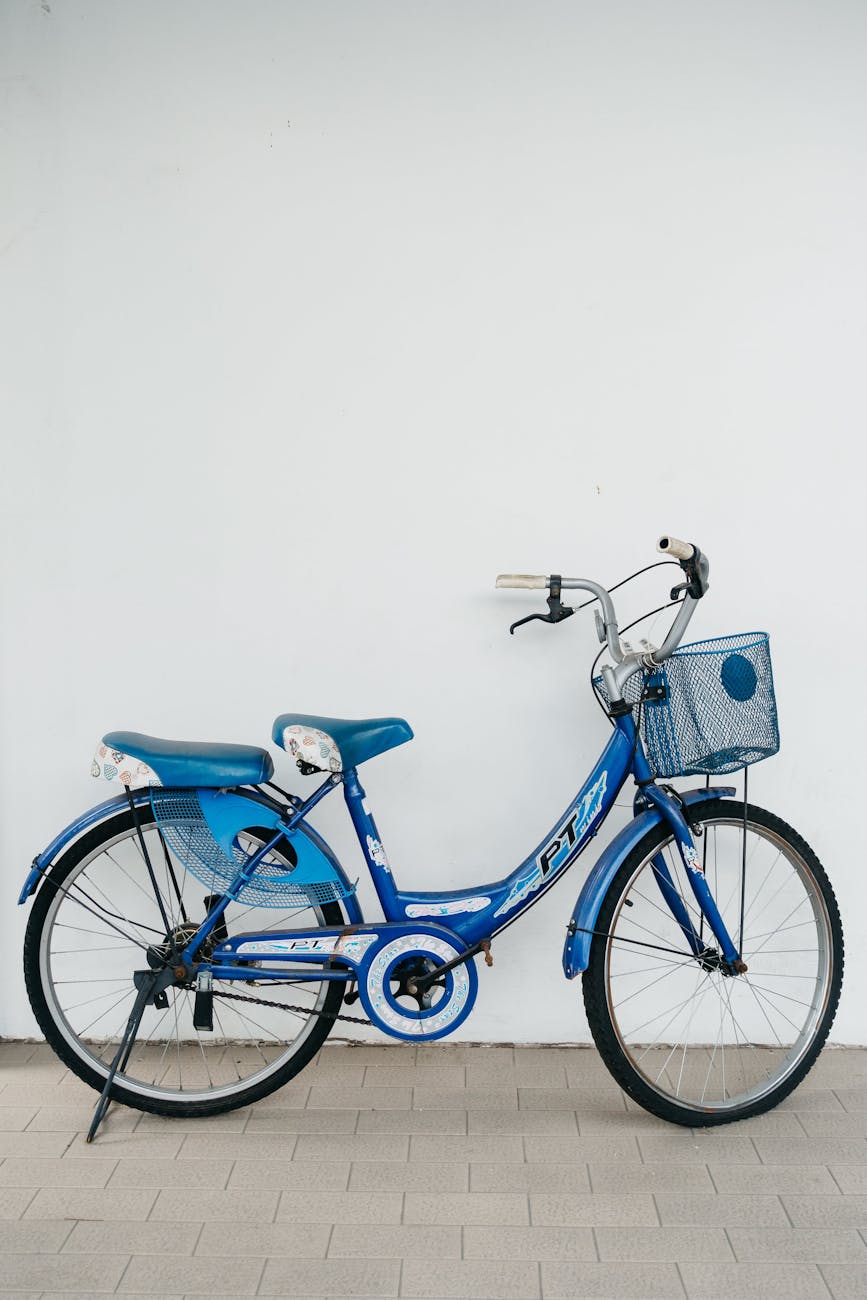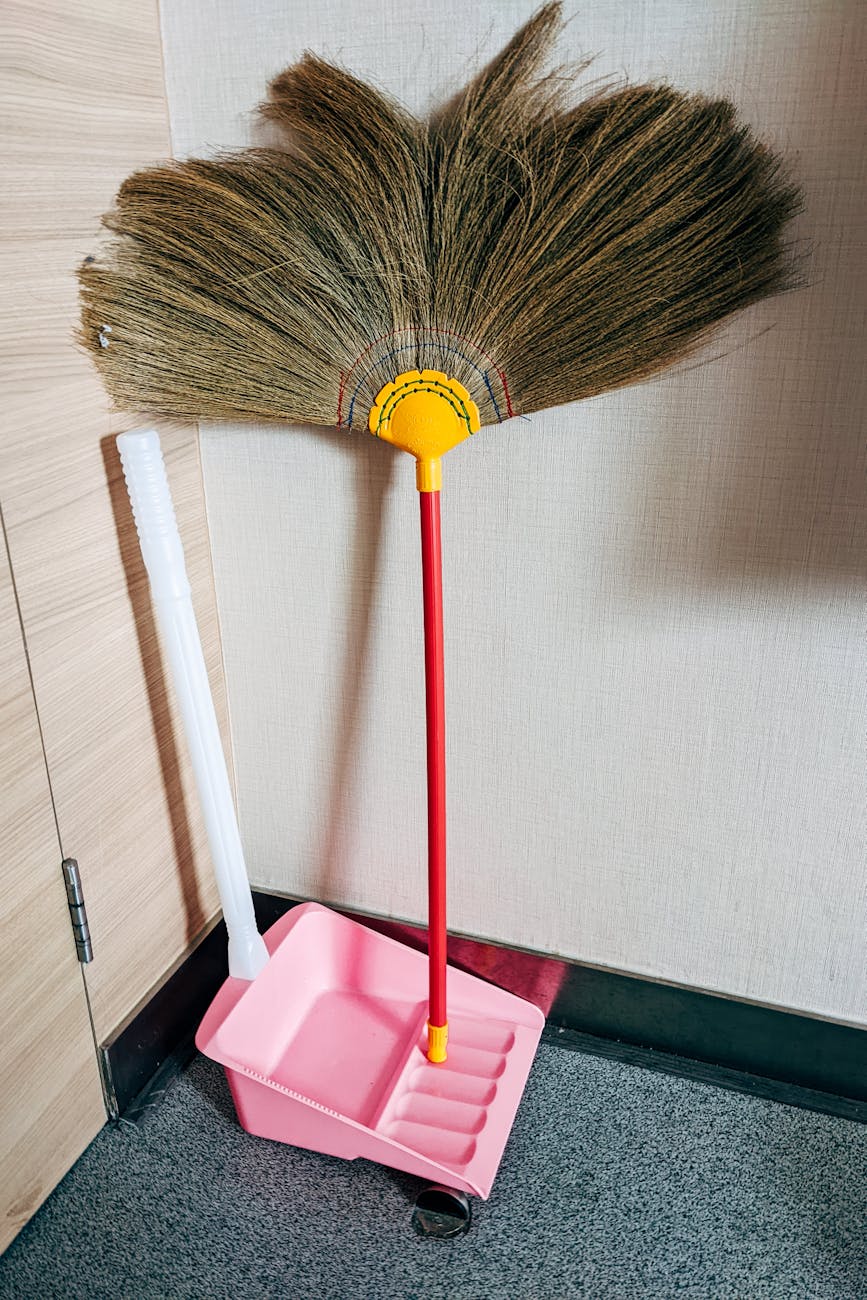Embarking on a trip to Thailand is an experience filled with vibrant culture, delicious cuisine, and breathtaking landscapes. Among the gems that travelers discover during their journey, one unique souvenir stands out: Thai calligraphy. This traditional art form not only embodies the rich heritage of Thailand but also serves as a captivating keepsake that will evoke memories of a remarkable adventure. Is Thai calligraphy the ultimate souvenir from Thailand? This blog post delves into the enchanting world of Thai calligraphy, exploring its history, techniques, and why it holds a special place in the hearts of both visitors and locals alike.
In this exploration, we will highlight the significance of Thai calligraphy within Thailand’s artistic framework, alongside practical advice on how to acquire authentic pieces while traversing the Land of Smiles. Whether you are an art enthusiast or simply seeking the perfect memento, understanding the allure of Thai calligraphy will enhance your trip and leave you captivated. Let’s unravel the beauty of this craft and understand why it might just be the most delightful souvenir you can bring home.
Thai calligraphy is an art form that intricately combines the beauty of the Thai script with artistic expression. Distinctly different from other forms of writing, each character is crafted with intention and grace, often incorporating flourishes and curves that mesmerize the viewer. The process involves more than just writing; it is a disciplined practice that demands patience, passion, and a deep appreciation for the Thai language. Artists often use traditional tools, such as handmade brushes and ink, to create their pieces, ensuring that each stroke is imbued with personal significance and cultural meaning.
Engaging with Thai calligraphy can be a transcendental experience. Those who take the time to learn the subtleties of the craft often find themselves immersed in its history and emotional resonance. Whether a serene landscape or an exuberant celebration, Thai calligraphy can embody various themes, making each piece a unique reflection of the artist’s vision. This connection to emotion is part of what makes it so appealing to tourists seeking souvenirs that tell a story rather than just a purchase.
The roots of Thai calligraphy date back centuries, interwoven with the rich tapestry of Thai culture and society. It evolved from religious texts and royal decrees, initially used for communication among the elite and in sacred contexts. The graceful nature of the script reflects not only the skills of the scribes but also the significance of literature and poetry in Thai heritage. As the art form matured, it became a means for ordinary citizens to express their creativity and identity, transcending its original purpose as a mere communicative tool.
Traditional influences, such as Buddhism and royal patronage, have significantly shaped the evolution of Thai calligraphy. Various regional styles emerged, each with distinct characteristics, contributing to a vibrant landscape of artistic expression. The meticulous attention to detail and the emphasis on aesthetics in each work exemplify the cultural heartbeat of the country, making it a cornerstone of Thai art that continues to thrive today. Travelers exploring this art form are not merely witnessing a craft; they are participating in a living tradition, steeped in history and community significance.
There are diverse techniques and styles found within Thai calligraphy, each boasting its unique charm and intricacies. Artists employ varying methods to achieve stunning visual effects, often utilizing specific brushes and ink formulations that enhance the final product’s appeal. The most popular styles include traditional calligraphy that follows classical scripts and modern interpretations that play with form and texture to create contemporary pieces that resonate with today’s collectors.
Common techniques include using water-based paints for vibrant effects or inks that create rich contrasts against textured papers. The resilience needed in mastering these methods allows artists to portray varied themes such as spirituality or nature. Each stroke tells a story, often accompanied by the artist’s philosophy or inspiration, resulting in artwork that’s not merely decorative but deeply meaningful. Enthusiasts and novices alike can find delight in exploring these techniques, offering creative paths for personal expression or even artistic collaboration during workshops.
A trip to Thailand offers numerous opportunities to discover authentic Thai calligraphy firsthand. Bustling markets, art galleries, and cultural centers often showcase the work of talented local artists. Places like Chiang Mai are renowned for their vibrant arts scene, presenting an array of calligraphy pieces that reflect the region’s rich artistic heritage. Shopping at local markets not only allows travelers to meet the artists but also provides insight into their creative processes, enriching the overall experience.
Additionally, Thailand’s art galleries frequently host exhibitions dedicated to this art form, where visitors can witness live demonstrations, purchase pieces, and even engage in classes that teach the fundamentals of calligraphy. For those who prefer digital means, many local artists have begun showcasing their art online, making it accessible for various audiences. This blend of tradition and modernity ensures that even those unable to visit in person can still connect with Thailand’s artistic spirit through stunning calligraphic designs.
Selecting Thai calligraphy as a souvenir embodies a deeper connection to the culture and history of Thailand. Unlike generic souvenirs, each piece of calligraphy is a unique expression of artistry and emotion that tells a story. Owning a piece not only reminds travelers of their adventures but also serves as a conversation starter, allowing them to share the beauty of Thai culture with friends and family.
Moreover, investing in authentic pieces supports local artists and encourages the continuation of this artistic tradition. Each artwork purchased not only holds its value but also encapsulates a piece of the artist’s journey and dedication, turning it from a mere item into a cherished memory. Whether adorning a wall or gracing a desk, Thai calligraphy offers a piece of Thailand that resonates with elegance and cultural depth, making it an ideal souvenir for any traveler.
Thai calligraphy transcends the concept of a mere souvenir. It is a beautiful embodiment of language, artistry, and culture that leaves a lasting impression on those who encounter it. Engaging with this traditional art form enriches your understanding of Thailand while inviting you to celebrate the artistry that has flourished for generations. Consider how Thai calligraphy illuminates the stories behind the characters and the personalities of the artists involved. This connection enhances the emotional value of each artwork and transforms it into a meaningful keepsake of the extraordinary journey that is traveling through Thailand.
Ultimately, your experience in Thailand is illuminated by the connections you forge, the stories you discover, and the art that inspires you. Whether you decide to explore Thai calligraphy firsthand or take home a beautiful representation, the beauty and culture of Thailand will forever be part of your story, a narrative continuously woven with artistry, appreciation, and deep-rooted tradition.
- What materials are used in Thai calligraphy? Traditional tools like handmade brushes, high-quality inks, and rice paper are commonly used, allowing artists to create vibrant, expressive pieces.
- Can anyone learn Thai calligraphy? Absolutely! Many workshops and courses are available for beginners, offering valuable insight into techniques and styles.
- How can I ensure I am purchasing authentic Thai calligraphy? Look for certified local artists or studios that provide information about their work. Engaging with the artists directly can also verify authenticity.
- Is Thai calligraphy expensive? Prices vary based on the complexity of the work, the artist’s reputation, and the materials used. There are options available to fit various budgets.
- Can I use Thai calligraphy in modern design? Yes! Many contemporary artists are exploring ways to incorporate traditional elements into modern graphic and interior design, making it a versatile choice.
Image Credit: Pexels





